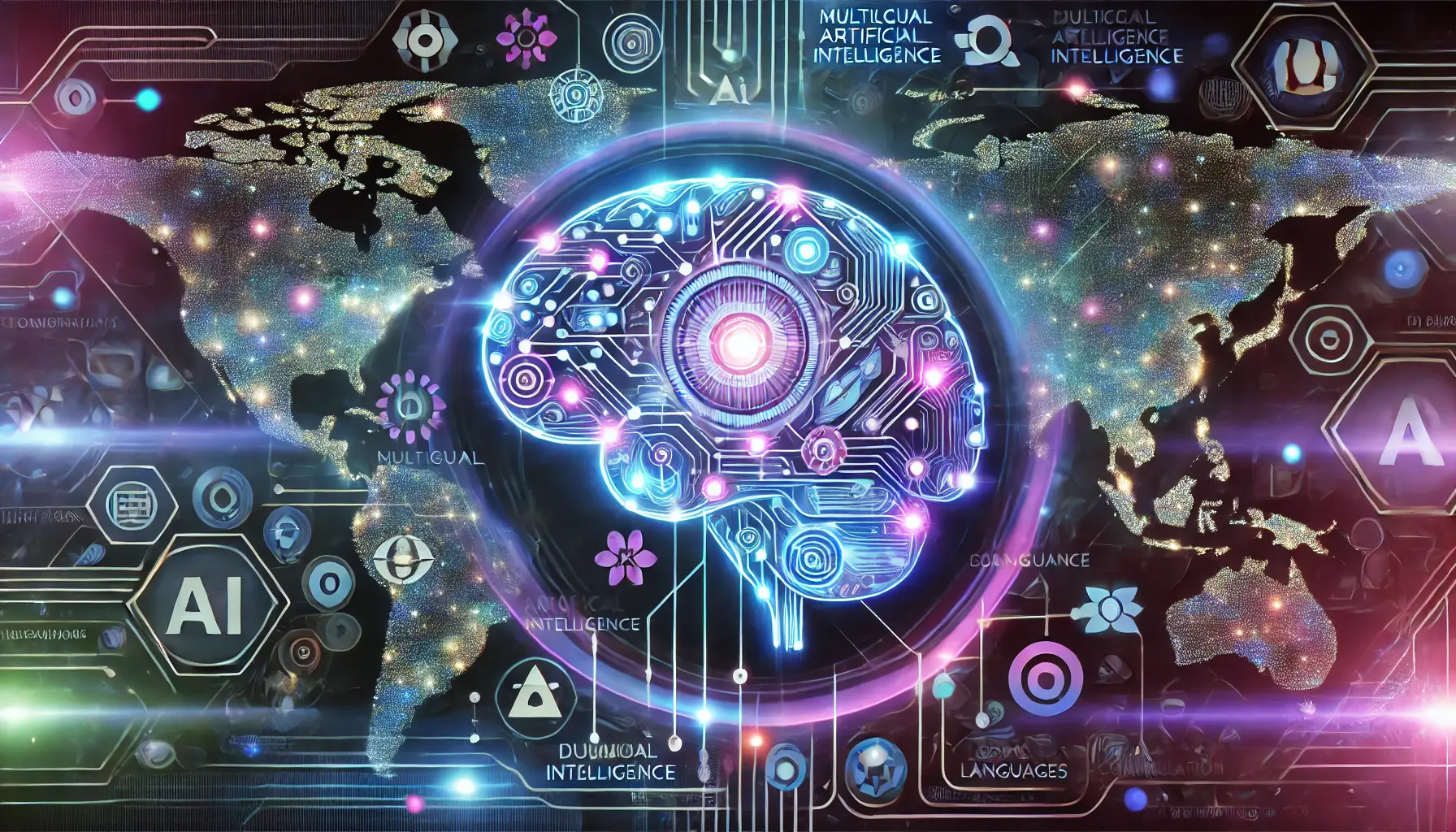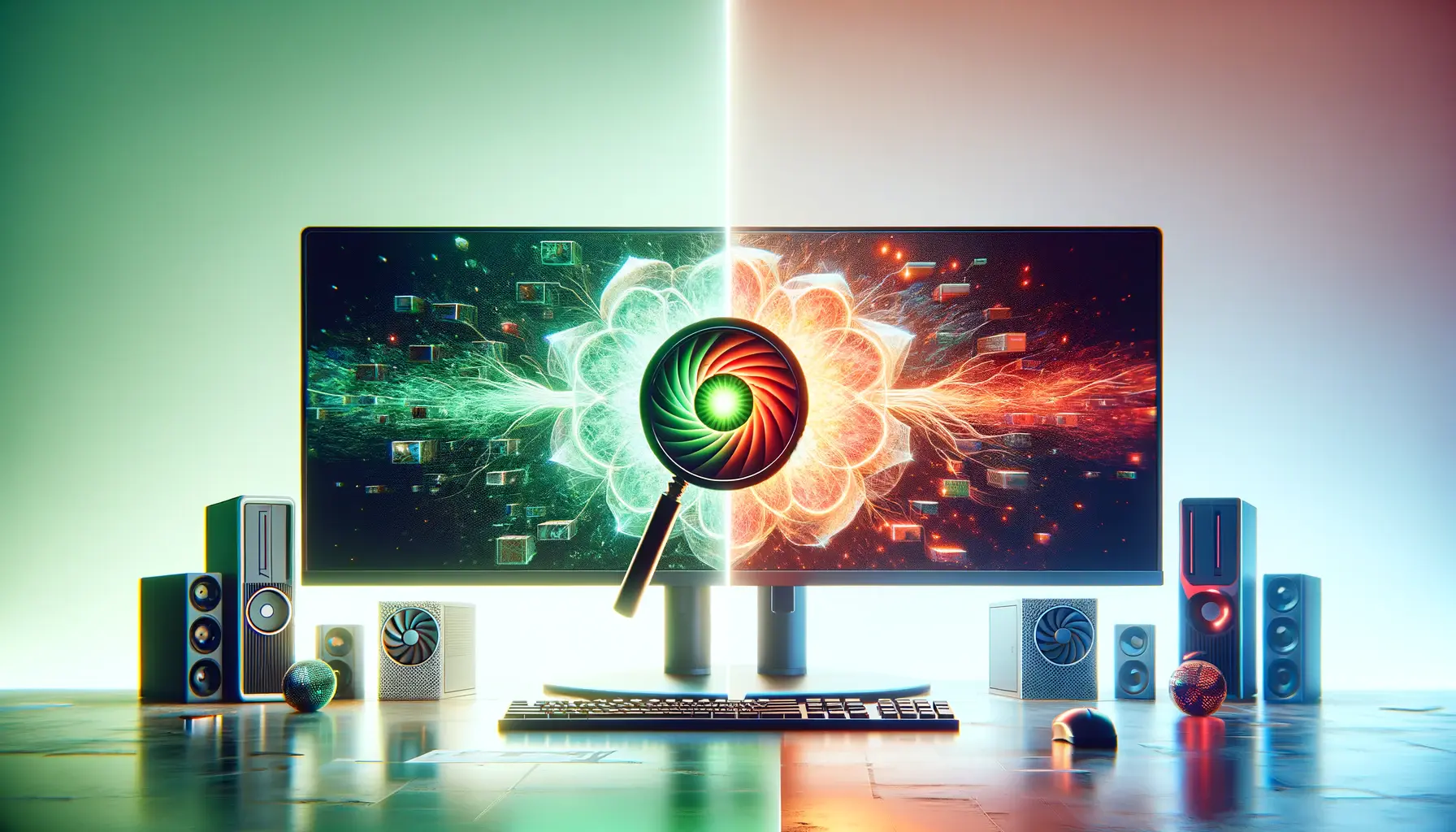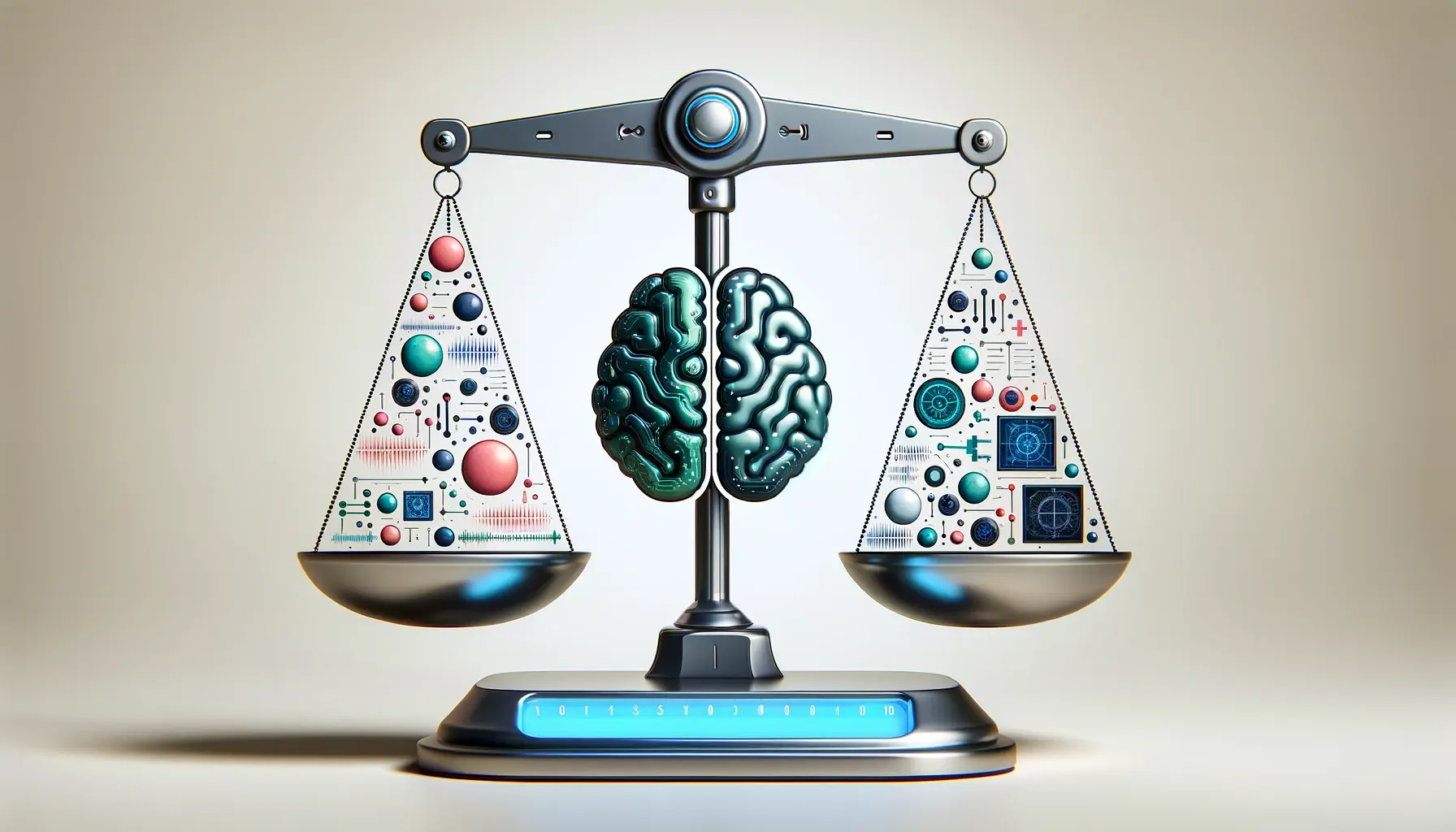In the rapidly changing landscape of artificial intelligence, a new name has been trending: DeepSeek R1.
Ever since it was brought forward with much fanfare by the Chinese startup DeepSeek, this new AI model has been in the news for its impressive capabilities and lower cost.
But how is it different compared to other models?
Let’s analyze DeepSeek R1 to find out its robustness and differences in the artificial intelligence field.
- Introduction to DeepSeek R1 and Its Market Impact
- Key Features and Capabilities of DeepSeek R1
- Comparative Analysis: DeepSeek R1 vs. OpenAI’s o1
- Exploring Other Competitors in the AI Landscape
- Ethical and Security Considerations Surrounding DeepSeek R1
- Final Thoughts: DeepSeek R1’s Place in the AI Industry
- DeepSeek R1: Frequently Asked Questions
Introduction to DeepSeek R1 and Its Market Impact
DeepSeek R1 represents a significant milestone in AI development, particularly in the realm of large language models.
Unlike many of its predecessors, DeepSeek R1 was developed with a focus on efficiency and accessibility.
The model was trained using a relatively modest number of GPUsGraphics Processing Units, specialized processors designed for handling complex computations, commonly used in AI training., specifically 2,048 Nvidia H800 chips, over a period of 55 days, resulting in a total cost of approximately $5.58 million.
This is a stark contrast to the hundreds of millions of dollars typically invested in similar models by other tech giants.
This development has far-reaching implications, as DeepSeek R1 demonstrates high performance while consuming fewer resources.
This democratizes access to advanced AI models, enabling a wider range of applications and innovations across various industries, such as:
- Healthcare: Enhancing medical research and diagnostics.
- Finance: Improving predictive analytics and fraud detection.
- Education: Offering intelligent tutoring and content generation.
Furthermore, DeepSeek R1 has made a significant impact on the AI market.
Since its debut, it has triggered strong reactions from investors and industry leaders, leading to a reassessment of AI investment strategies.
The success of this model has sparked discussions on the future of AI research and the potential for more cost-effective ways of developing powerful AI systems.
As we explore DeepSeek R1’s capabilities and implications, it is essential to compare its performance against existing AI solutions.
The following sections will delve deeper into its key features and provide a comprehensive analysis of how it stands against its competitors.
DeepSeek R1’s efficiency and cost-effectiveness make it a game-changer in AI development, enabling broader accessibility and innovation.
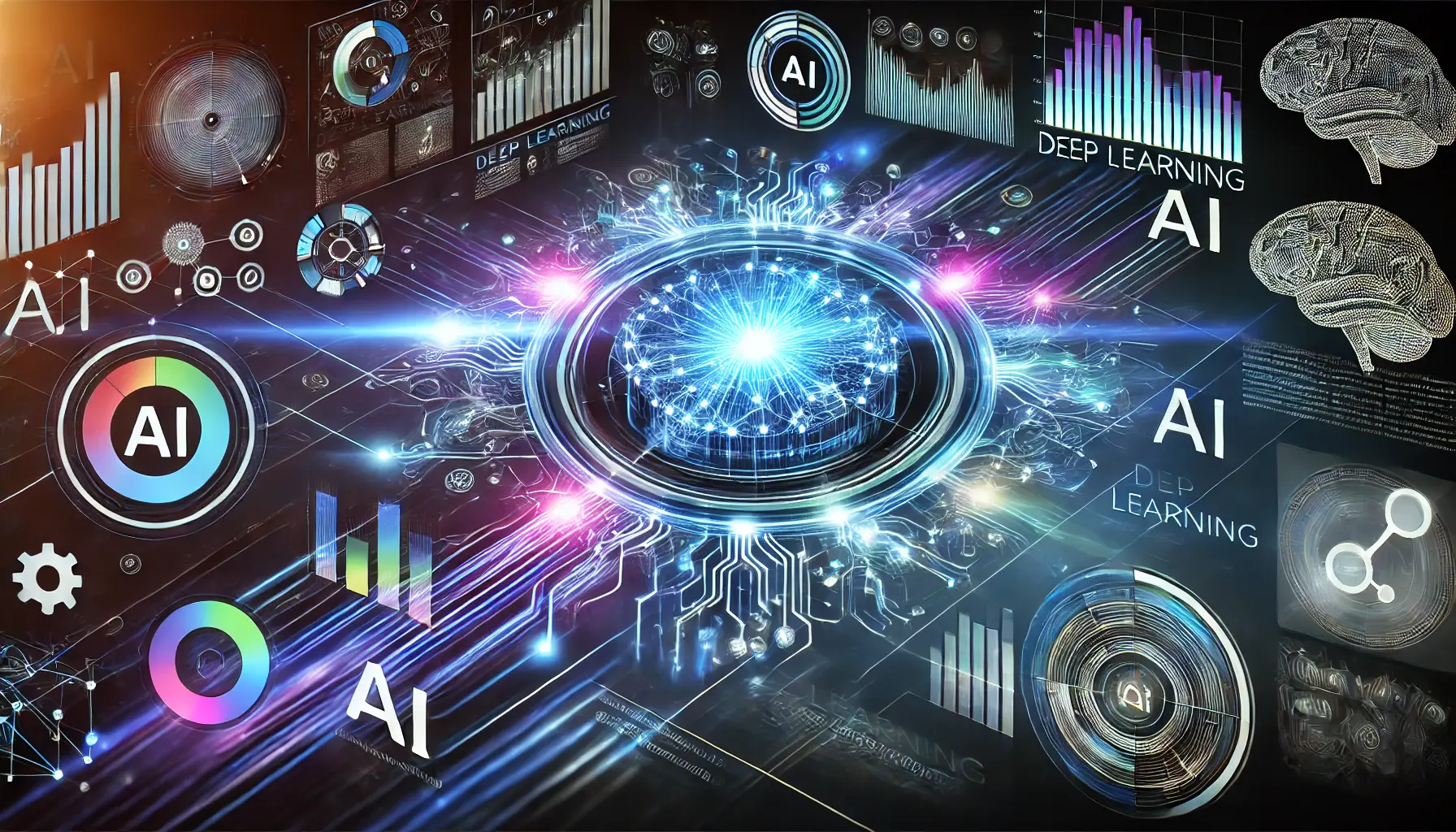
DeepSeek R1: Exploring its advanced features and technological innovations.
Key Features and Capabilities of DeepSeek R1
Building upon its efficient development, DeepSeek R1 offers a range of innovative features that set it apart in the AI landscape.
Let’s delve into its core capabilities.

DeepSeek R1: Reinforcement learning driving advanced decision-making and adaptability.
Reinforcement Learning Approach
At the heart of DeepSeek R1 is its reinforcement learningA type of machine learning where an AI model learns by receiving rewards or penalties for its actions. (RL) methodology.
Unlike traditional supervised learning models, this AI employs RL to enhance its reasoning and decision-making processes.
This approach allows the model to:
- Self-improve by learning from outcomes.
- Develop advanced reasoning strategies autonomously.
- Adapt to complex problem-solving scenarios.
By leveraging RL, DeepSeek R1 can tackle tasks that require logical inference, mathematical problem-solving, and real-time decision-making with remarkable proficiency.
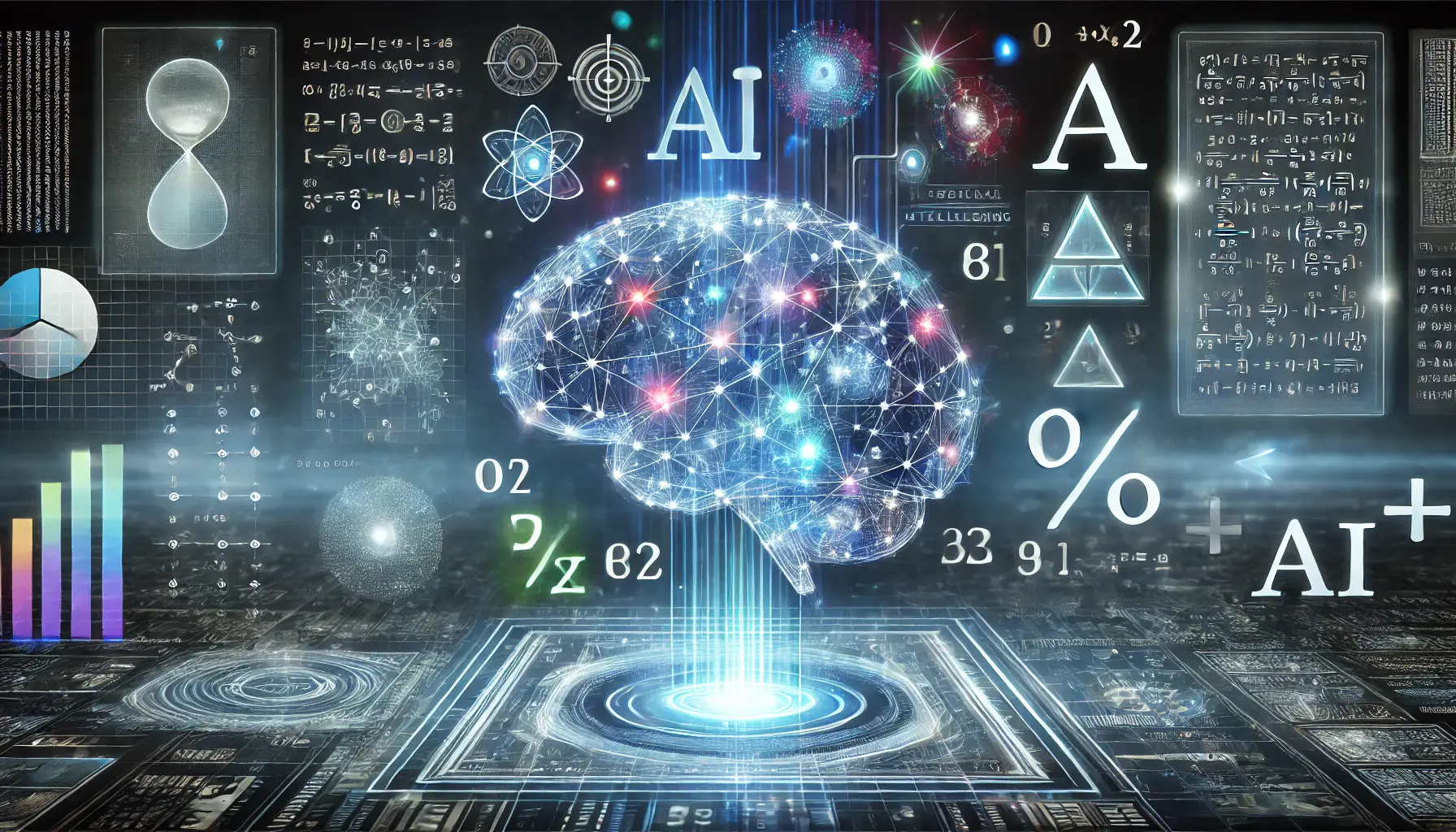
DeepSeek R1: Advancing AI-driven logical reasoning and mathematical problem-solving.
Performance in Logical Reasoning and Mathematics
When it comes to logical reasoning and mathematics, DeepSeek R1 truly shines.
The model has demonstrated exceptional performance in various benchmarksStandardized tests used to evaluate the performance of AI models or systems., including:
- Achieving approximately 79.8% accuracy on the American Invitational Mathematics Examination (AIME).
- Securing about 97.3% accuracy on the MATH-500 dataset.
These results highlight DeepSeek R1’s capabilities in solving complex mathematical problems and logical reasoning tasks with high precision.

DeepSeek R1: Maximizing efficiency while reducing resource consumption.
Resource Efficiency and Cost-Effectiveness
One of the major highlights of DeepSeek R1 is its resource efficiency.
The model’s architecture is designed to optimize computational resourcesThe processing power, memory, and other hardware required to run AI models., leading to:
- Reduced operational costs.
- Lower energy consumption.
- Faster processing times.
This efficiency not only makes DeepSeek R1 more accessible to a wider range of users but also positions it as a cost-effective and competitive AI solution in the market.
In summary, the combination of reinforcement learning, superior performance in logical reasoning and mathematics, and resource efficiency strengthens DeepSeek R1’s position as a leading AI model in today’s artificial intelligence landscape.
DeepSeek R1’s reinforcement learning and efficiency set it apart from traditional models, ensuring better adaptability and performance.
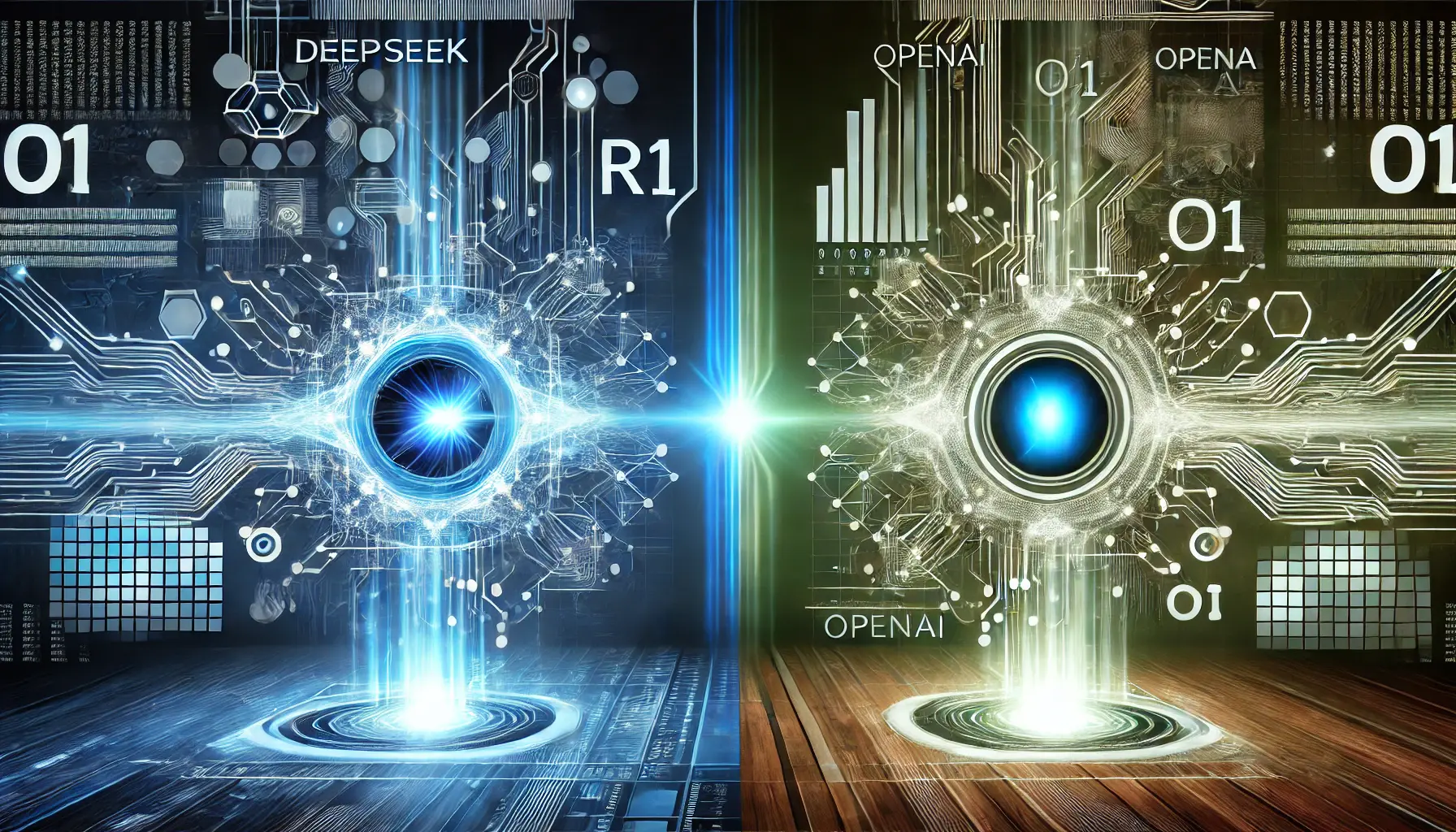
DeepSeek R1 vs. OpenAI’s o1: A battle of AI innovation and efficiency.
Comparative Analysis: DeepSeek R1 vs. OpenAI’s o1
In the competitive landscape of artificial intelligence, both DeepSeek R1 and OpenAI’s o1 have emerged as prominent models, each with unique strengths and approaches.
Let’s delve into a comparative analysis to understand how these models stack up against each other.
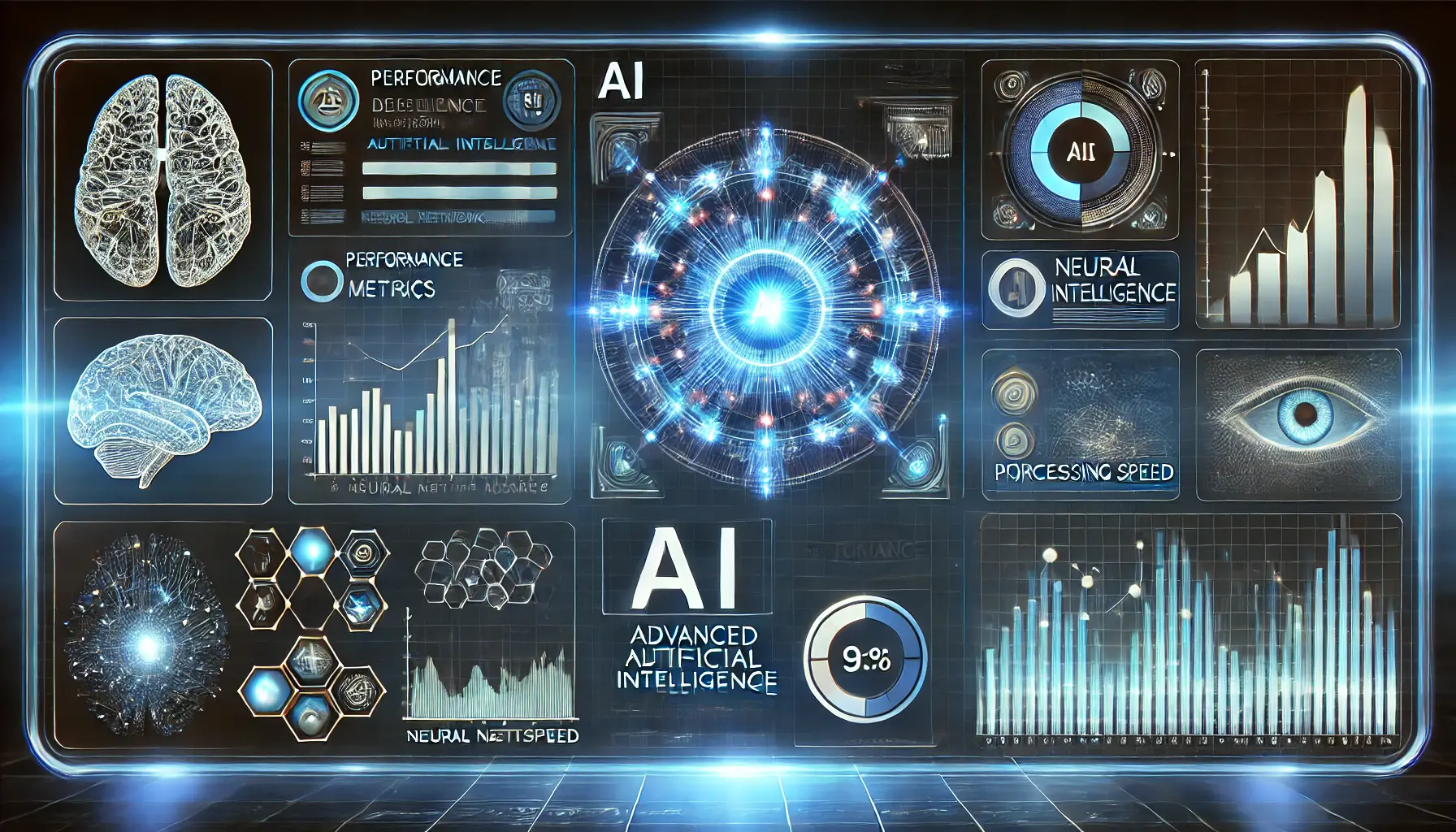
Analyzing AI performance: Efficiency, accuracy, and processing speed.
Performance Metrics
When evaluating performance, both models demonstrate impressive capabilities in reasoning and problem-solving.
However, there are notable distinctions:
- DeepSeek R1 has been recognized for its exceptional performance in creative writing, offering outputs with more personality and creativity.
- In contrast, OpenAI’s o1 is renowned for its proficiency in natural language processing tasks, including complex reasoning, mathematics, and coding.
These differences highlight each model’s unique strengths in various applications.

Enhancing AI resource efficiency with optimized power usage and streamlined computational processes.
Resource Efficiency
A significant differentiator between the two models is their resource consumption:
- DeepSeek R1 was developed with a focus on efficiency, utilizing approximately 2,048 Nvidia H800 chips over 55 days, resulting in a total cost of around $5.58 million. This approach emphasizes cost-effectiveness and accessibility.
- Conversely, OpenAI’s o1 required a more substantial investment in computational resources, reflecting a different strategy in model development.
This contrast underscores DeepSeek R1’s emphasis on achieving high performance with lower resource consumption.

Showcasing AI transparency and accessibility through an open-source design.
Transparency and Accessibility
Accessibility and openness are critical factors in AI development:
- DeepSeek R1 is open-source, allowing developers worldwide to access its technology and build upon it, fostering greater innovation and collaboration.
- OpenAI’s o1 is proprietary, primarily accessible through paid subscriptions, which may limit availability to a broader audience.
This openness positions DeepSeek R1 as a more accessible option for developers and organizations seeking customizable AI solutions.

Balancing technology and ethics: AI’s responsibility in decision-making.
Ethical Considerations
Ethical concerns play a crucial role in AI deployment:
- DeepSeek R1 has faced scrutiny over its data-gathering methods and potential biases, particularly regarding content moderation and alignment with specific governmental perspectives.
- OpenAI’s o1 also encounters challenges related to content moderation and ensuring unbiased responses, adhering to broader guidelines to mitigate potential biases.
Both models must address these ethical dilemmas to maintain user trust and ensure responsible AI usage.
In summary, while DeepSeek R1 and OpenAI’s o1 perform impressively across a wide range of domains, they differ in their philosophies regarding resource efficiency, accessibility, and ethical considerations.
These distinctions can help users select the model that best aligns with their needs and values.
DeepSeek R1 focuses on open-sourceSoftware or models that are freely available for anyone to use, modify, and distribute. accessibility, while OpenAI’s o1 prioritizes proprietary control and extensive computational resources.

Diverse AI competitors shaping the future of artificial intelligence.
Exploring Other Competitors in the AI Landscape
In the rapidly evolving field of artificial intelligence, several models have emerged, each bringing unique strengths and innovations.
Let’s delve into some of the notable competitors alongside DeepSeek R1.
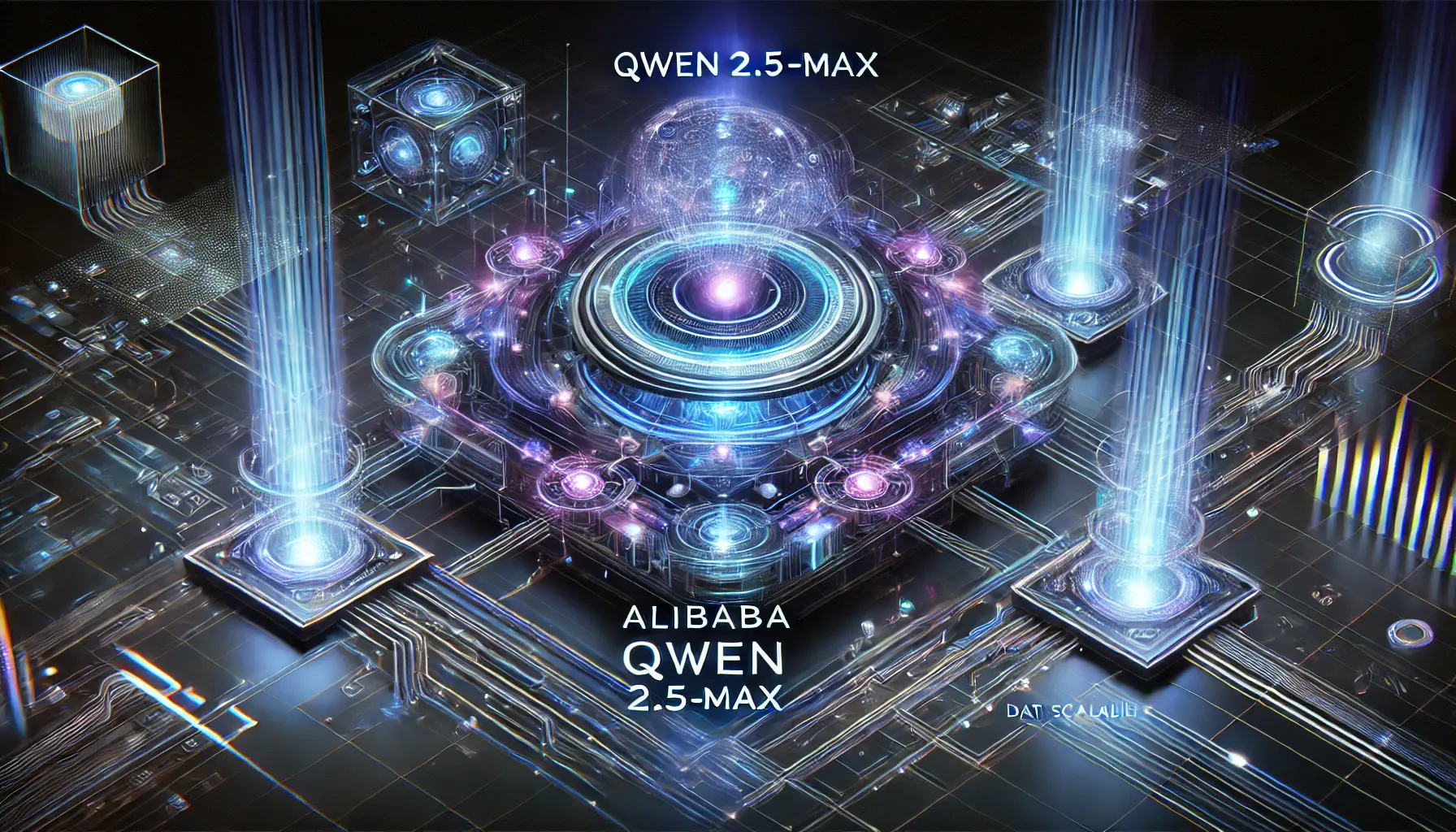
Alibaba’s Qwen 2.5-Max: A cutting-edge AI model in the competitive landscape.
Alibaba’s Qwen 2.5-Max
Alibaba introduced Qwen 2.5-Max, a next-generation AI model, which it claims outperforms existing models like DeepSeek-V3, OpenAI’s GPT-4o, and Meta’s Llama-3.1-405B.
This development reflects Alibaba’s commitment to advancing AI research and addressing the competitive pressure within the sector.
The release of Qwen 2.5-Max coincided with the Lunar New Year, signifying its importance in the AI community.
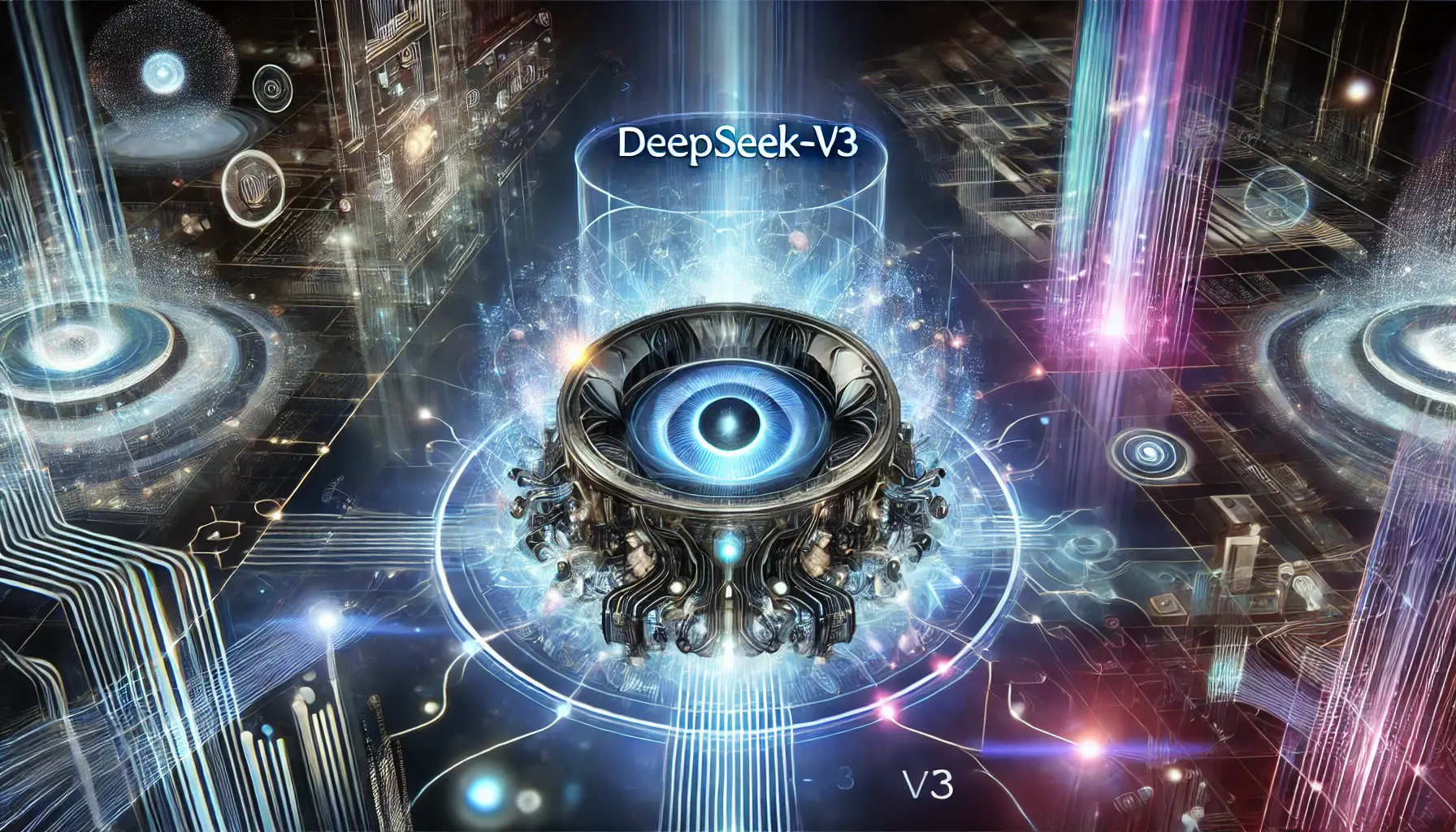
DeepSeek-V3: A groundbreaking AI model showcasing advanced performance and scalability.
DeepSeek-V3
Before the release of DeepSeek R1, DeepSeek had developed DeepSeek-V3, which gained recognition for its efficiency and performance.
DeepSeek-V3 was notable for being open-source and developed on a more cost-effective budget, making it a strong competitor against some of the leading AI models in the industry.

Exploring the diverse ecosystem of AI models, including ChatGPT and others.
ChatGPT and Other Models
OpenAI’s ChatGPT has been a dominant force in the AI landscape, known for its exceptional conversational abilities and widespread adoption.
However, the emergence of models like DeepSeek R1 and Qwen 2.5-Max has intensified competition, leading to rapid advancements in AI technology.
As the AI industry continues to evolve, these models are contributing to a dynamic landscape, each offering unique features and capabilities that push the boundaries of artificial intelligence forward.
With the rise of competitors like Qwen 2.5-Max and DeepSeek-V3, the AI landscape is evolving rapidly, offering diverse approaches to machine intelligence.
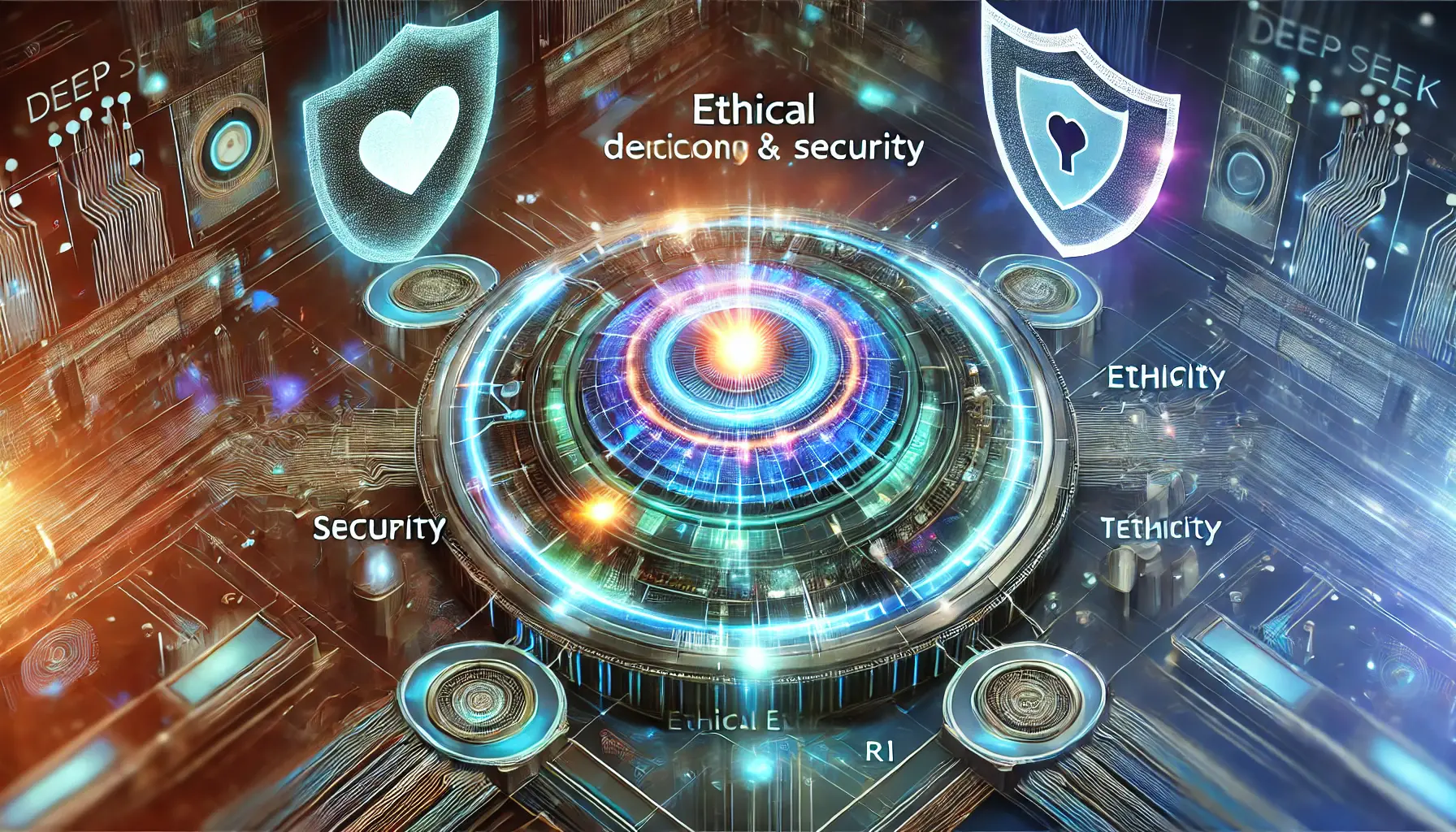
Balancing innovation with ethical and security concerns in AI development.
Ethical and Security Considerations Surrounding DeepSeek R1
As artificial intelligence continues to advance, it’s crucial to examine the ethical and security implications associated with models like DeepSeek R1.
While this AI model offers significant innovations, several concerns have been raised regarding its deployment and use.

Ensuring data privacy and security in AI systems with advanced protection measures.
Data Privacy and Security
One of the primary concerns is data privacy.
Reports indicate that DeepSeek R1 collects user data, including text inputs and conversation history, and transmits them to servers in China.
This has sparked concerns about potential surveillance and misuse of personal data.
The Italian data protection authority recently ordered DeepSeek to block its chatbot in the country after the company failed to respond adequately to questions about its privacy policy.
The regulator sought clarity on:
- What data is collected.
- The sources from which the data is obtained.
- The purposes for which the data is used.
- The legal basis for data collection.
- Where the data is stored.
DeepSeek’s response was deemed insufficient and uncooperative, leading to an immediate block order and an ongoing investigation.
Despite this, some users in Italy have reported that the chatbot is still operational on mobile devices, and the web version remains accessible.
European regulators in Ireland and France are also scrutinizing DeepSeek’s privacy practices.
The Italian regulator has emphasized the importance of user consent and data protection, citing past temporary bans on similar AI models.

Addressing national security concerns related to AI deployment and international risks.
National Security Concerns
Beyond individual privacy, national security concerns have also emerged.
Several countries have taken action against DeepSeek R1 due to these risks:
- Australia: The Australian government has banned DeepSeek from all government systems and devices, citing national security risks. This decision aligns with measures taken by other nations concerned about data access under Chinese national security laws.
- United States: U.S. agencies, including the Pentagon and NASA, have restricted the use of DeepSeek’s technology due to fears of potential espionage and data security vulnerabilities.

Balancing freedom of expression with content moderation and censorship in AI systems.
Censorship and Content Moderation
Besides security concerns, the model’s approach to content moderationThe process of monitoring and managing online content to ensure compliance with guidelines and regulations. presents another critical challenge.
DeepSeek R1 has been found to censor discussions on politically sensitive topics in China, such as the Tiananmen Square protests and Taiwan’s sovereignty.
This built-in censorshipThe suppression or restriction of content that is considered objectionable or politically sensitive. raises concerns about freedom of expression and the potential spread of state-controlled narratives.
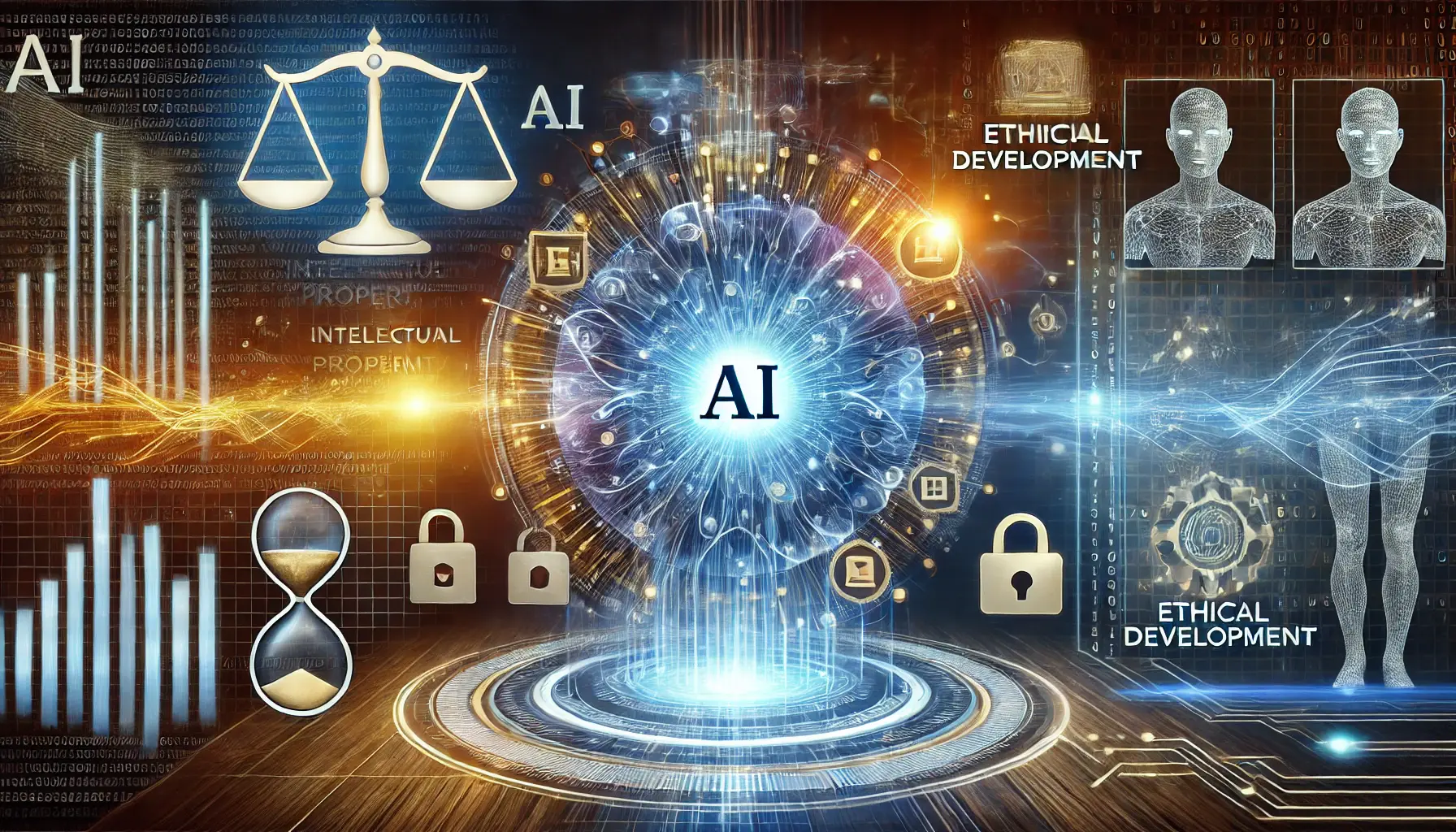
Ensuring the protection of intellectual property and ethical standards in AI development.
Intellectual Property and Ethical Development
There are also questions surrounding the ethical development of DeepSeek R1.
Evidence suggests that DeepSeek may have used data from other AI models without proper authorization, potentially infringing on intellectual propertyLegal rights protecting creations such as software, AI models, and other digital works. rights.
This raises both legal and ethical concerns regarding the transparency and integrity of AI development.
While DeepSeek R1 marks a significant leap in AI technology, these ethical and security considerations must be addressed.
Ensuring responsible AI development and deployment is essential to maintaining public trust and safeguarding fundamental rights.
Concerns about data privacy, censorship, and national security must be addressed for DeepSeek R1 to gain global trust.

DeepSeek R1: A key player in the evolving AI landscape.
Final Thoughts: DeepSeek R1’s Place in the AI Industry
The rise of DeepSeek R1 marks a significant turning point in artificial intelligence, introducing new standards for efficiency, accessibility, and open-source innovation.
With its unique reinforcement learning approach, superior logical reasoning capabilities, and cost-effective development, it has positioned itself as a strong competitor against established AI models like OpenAI’s o1 and Qwen 2.5-Max.

DeepSeek R1: Key takeaways showcasing its efficiency, performance, and impact in the AI landscape.
Key Takeaways from DeepSeek R1
Throughout this analysis, we’ve explored various aspects of DeepSeek R1, from its development process to its competitive advantages and ethical considerations.
Below are the most critical insights:
- Innovative Model Training: DeepSeek R1 was developed using an efficient training process, requiring fewer resources while maintaining high performance.
- Competitive Performance: It has demonstrated impressive results in logical reasoning, mathematics, and creative content generation, rivaling top-tier AI models.
- Accessibility and Open-Source Nature: Unlike proprietary models, DeepSeek R1 is open-source, allowing for greater collaboration and customization among developers.
- Market Impact: Its entry has intensified competition, prompting major AI companies to rethink their strategies.
- Ethical and Security Concerns: Despite its potential, concerns about data privacy, national security, censorship, and intellectual property remain significant challenges.

Exploring the future possibilities and growth of DeepSeek R1 in the AI landscape.
What Lies Ahead for DeepSeek R1?
The future of DeepSeek R1 will depend on several critical factors that will shape its growth and industry relevance:
- Regulatory Compliance: Ensuring compliance with international data privacy laws and meeting global security standards will be crucial for its continued adoption.
- Advancements in Artificial Intelligence: Continuous improvements in reinforcement learning and natural language processing will play a vital role in maintaining DeepSeek R1’s long-term competitiveness.
- Adoption and Industry Applications: The extent to which businesses, developers, and enterprises integrate DeepSeek R1 into real-world applications will determine its market presence.
- Competition with Global AI Leaders: DeepSeek R1 must navigate an increasingly competitive landscape, competing with AI giants such as OpenAI, Google, and Meta.
DeepSeek R1 has set new benchmarks for AI development, proving that cost-efficient models can also deliver high performance.
While challenges remain, its impact on the AI industry is undeniable, paving the way for a more accessible and open-source-driven future in artificial intelligence.
DeepSeek R1’s rise marks a significant shift in AI, promoting affordability and efficiency while challenging ethical and security norms.

Exploring the frequently asked questions surrounding DeepSeek R1’s technology and capabilities.
DeepSeek R1: Frequently Asked Questions
DeepSeek R1 is an open-source AI model developed by the Chinese startup DeepSeek.
It is recognized for its efficiency, advanced reasoning capabilities, and cost-effective training process.
Unlike many proprietary AI models, DeepSeek R1 is open-source, enabling developers worldwide to access, modify, and improve its code freely.
Yes, DeepSeek R1 is freely available, making it accessible to businesses, researchers, and independent developers for various applications.
Concerns include data privacy, AI bias, and content moderation, as well as potential alignment with specific governmental perspectives.
DeepSeek R1 collects user data, raising concerns about surveillance, data security, and potential misuse of personal information.
Some governments have restricted or banned DeepSeek R1 in official systems due to concerns about national security risks and data access policies.
DeepSeek R1 competes with top AI models like OpenAI’s o1, demonstrating strong performance in reasoning, problem-solving, and cost-effective deployment.
Yes, its open-source nature allows for commercial use, but businesses must consider ethical and security implications before deployment.
Industries such as healthcare, finance, and education can utilize DeepSeek R1 for data analysis, automation, and AI-driven decision-making.

